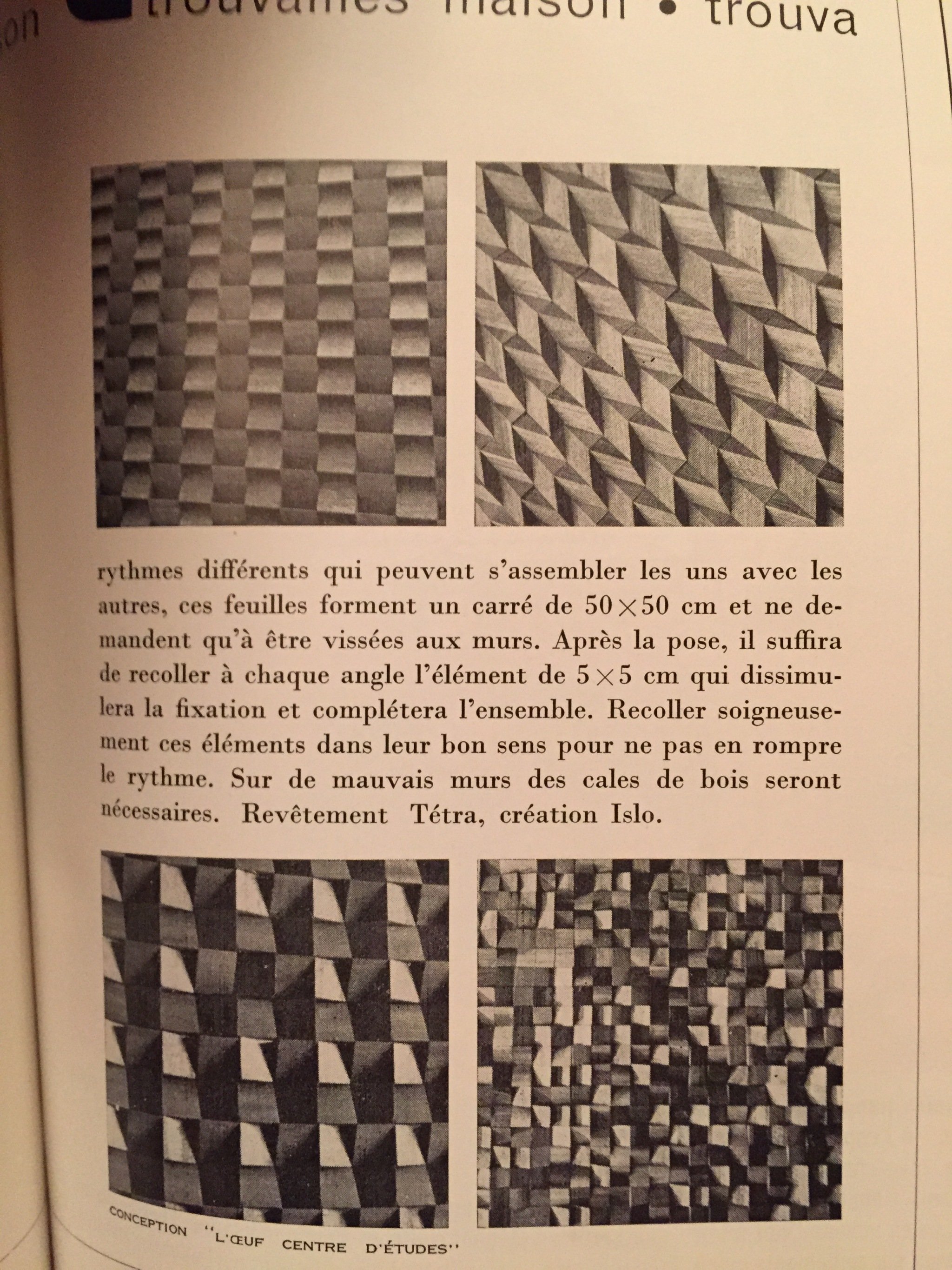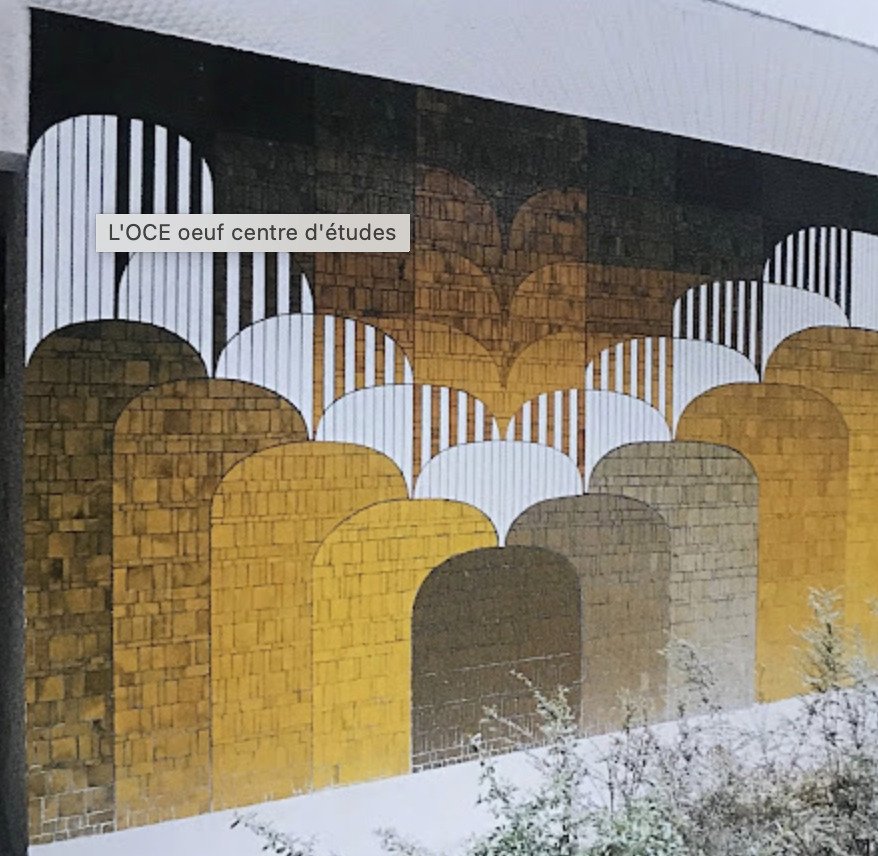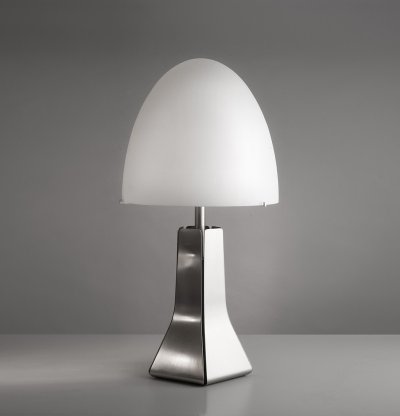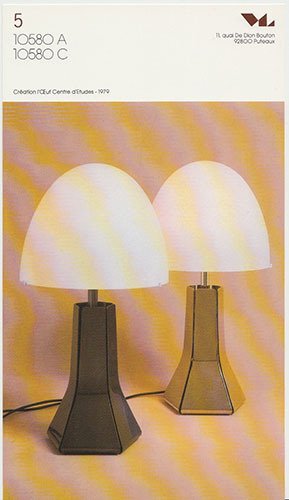l'Oeuf Centre d'Etude
Founded in 1962 during the vibrant era of France’s Trente Glorieuses, L’Œuf, Centre d’Études was far more than just a workshop—it was a multidisciplinary creative laboratory. Here, architects, sculptors, designers, graphic artists, and mosaicists joined forces to reimagine monumental art and its integration into public spaces. At the heart of this adventure were figures like Jean Piantanida, Pierre Puccinelli, Roger Brusetti, Charles Gianferrari, Maurice François, Annie Richard, and many others, all united by a shared vision: art that was accessible, innovative, and deeply rooted in everyday life.
L’Œuf stood out for its experimental and collaborative approach, challenging traditional norms of mosaic and architectural decoration. Their monumental creations still adorn building lobbies, embassies, administrative centers, and public spaces across France and beyond. What truly set L’Œuf apart was their mastery of materials and their boldness in repurposing them. Alongside traditional glass and glass paste, they incorporated unexpected elements: hard stones, pebbles, marble, limestone, slate, wood, and even metals like stainless steel, nickel, and chrome. Their innovative use of opaline (a milky, iridescent glass) and their treatment of grouts—transformed into integral design elements—gave rise to works where color, texture, and light interacted with rare modernity.
Among their major achievements, three works stand out in the collective’s history:
- The mosaic in the lobby of the South African Embassy in Paris, a monumental design where geometric patterns and material contrasts create an atmosphere that is both solemn and warm.
- The decorations of the Pinel Residence (13th arrondissement of Paris, 1966), a 15 m² composition where abstract forms and bluish tones transport visitors into a world that is both graphic and dreamlike.
- The mosaic at the library of IUT 1 in Saint-Martin-d’Hères (1973), a monumental work organized around a central square, from which geometric figures with rounded angles radiate, playing with asymmetry and color contrasts.
In the 1970s, L’Œuf launched two collections of revolutionary wallpapers under the name Créatone, which achieved resounding success. Though these creations have since disappeared along with their publisher, they remain iconic references of the era’s design. Their work also extended to urban furniture, lighting (such as designs for a Mazda subsidiary), and even sanitary fixtures for Villeroy & Boch, demonstrating their ability to innovate across diverse fields.
For nearly three decades, L’Œuf, Centre d’Études embodied a unique model of artistic collectivity, where each project was the result of shared reflection. Their mosaics, often abstract and geometric, played with shapes, materials, and colors to create spaces where art became a sensory experience. Their influence can still be felt in cities like Grenoble, where their works adorn the base of the Tours de l’Île Verte or the atrium of City Hall, as well as in university campuses, such as the library of IUT 1 in Saint-Martin-d’Hères.
By the end of the 1990s, L’Œuf had disappeared, but it left behind a legacy that was both artistic and social: that of a collective that transformed monumental art into a universal language—joyful, generous, and resolutely modern. Their creations, still visible here and there, remind us that art can be both an ornament and a shared adventure, a lasting testament to the boldness and poetry of the Trente Glorieuses



